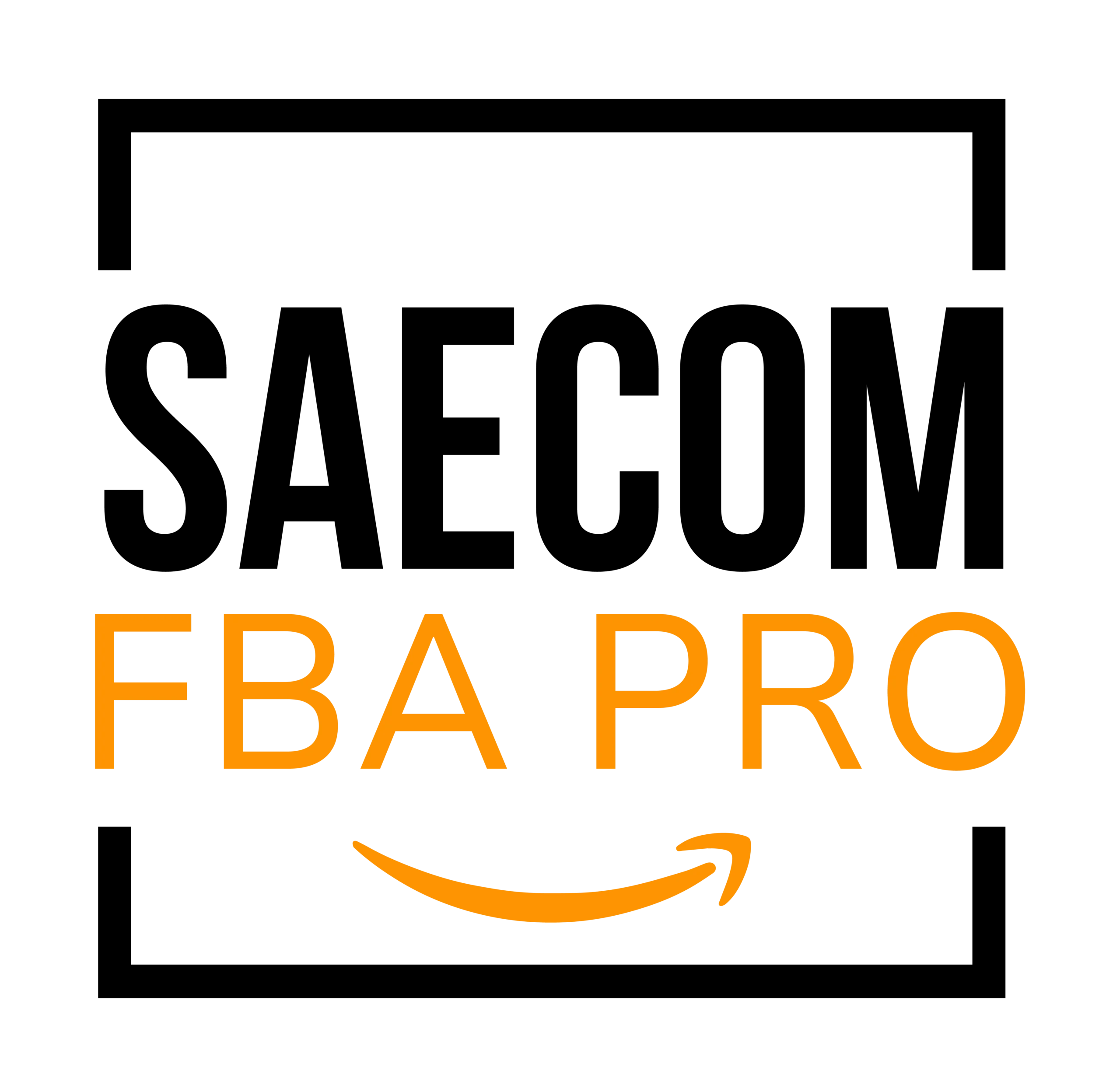Product Compliance Certificates Needed for Amazon Sellers
From time to time, Amazon requires sellers to provide product compliance documents. In mid-2024, Amazon Europe began sending notifications to sellers regarding these documentation requests. By 2025, the same requirements extended to sellers on Amazon US.
But what does this involve?
Essentially, it means sellers must demonstrate that their products meet specific safety and regulatory standards, supported by visual and written proof.
In this guide, we’ll walk you through how to manage product compliance documentation when selling on Amazon.
What is Compliance Documentation?

Let’s first clarify what Amazon means by compliance documentation.
At its core, it involves adhering to local, state, or federal regulations that apply to certain product categories.
Sellers are expected to provide evidence confirming that their products are safe for consumers.
For instance, this could include:
- Product photos and descriptions
- Instruction manuals
- Safety usage guidelines
- Independent lab inspection reports
- Applicable certifications
Amazon requires this documentation to ensure products sold on the platform are safe and meet legal standards.
However, many sellers aren’t always clear on what specific documents Amazon needs.
To help, we’ve compiled a list of the most important compliance documents Amazon sellers might be asked to submit.
Compliance Documentation for Amazon
Children’s Product Certificate (CPC)
The CPC should include the following details:
- A description of the product
- Applicable safety rules for its use
- Date and location of testing for safety compliance
- Name, address, and contact details of the testing lab
- Contact information for the record holder
- Manufacture date, country, and region
- Manufacturer’s or importer’s contact information
General Certificate of Conformity (GCC)
For products requiring a GCC, the document must include:
- Product description
- Applicable consumer safety standards
- Testing date and location
- Name, address, and phone number of the testing laboratory
- Contact details of the certificate holder
- Manufacture date, region, and country
- Manufacturer’s or importer’s contact information
Test Reports from ISO 17025 Accredited Labs
Certain products, like dietary supplements, require test reports from ISO 17025-accredited labs. The report should feature:
- Product description, images, model number, and make
- Name and address of the applicant
- Business details of the test requester
- Proof of compliance with all relevant safety standards
- Recommended age grading for children’s items
- Manufacturer’s name and contact details
Note: Upload these reports in a non-editable format, such as a PDF or scanned image.
Nationally Recognized Testing Laboratory (NRTL) Compliance Documentation
Amazon also accepts compliance certificates issued by NRTLs. These documents must contain:
- Product description, images, make, and model number
- Image of the product label
- Applicant’s name and address
- Business name of the test requester
- Proof of compliance with applicable safety standards
- Recommended age grading for children’s products
- Manufacturer’s name and contact information
Note: Upload these certificates in a non-editable format.
Registration Cards and Tracking Labels
Some items may require registration cards. In those cases, sellers must upload:
- Manufacturer’s or supplier’s contact details
- Product manufacture date
- Model name and number
- Postage-paid registration card
For tracking labels, you’ll need:
- Manufacturer’s or supplier’s contact information
- Date and location of production
- Manufacturing process details
- Information to identify the product source
Compliance Markings
Certain products might need specific compliance markings, like tracking labels for children’s products or FFC marks for electronics.
In these cases, you’ll need to submit evidence showing the appropriate tags are correctly applied. Manufacturers or testing labs can help determine the required markings for each product.
Product Manuals and Instructions
If required, sellers should upload complete product manuals and instructions. These should include safety precautions, compliance labels, and any hazard warnings.
In short, make sure to submit every relevant piece of information not directly printed on the product itself.
Product Safety Policy
If you fail to meet compliance requirements, Amazon may block or remove your product listings.
This is why Amazon insists on compliance documentation — it protects customers by ensuring products sold through the platform are safe.
If an ASIN is deactivated for non-compliance, Amazon will notify you and outline what’s needed to resolve the issue. Typically, they’ll request:
- The latest product safety and compliance documents
- Records of any design or manufacturing changes since the last test
- ISO-9001 certification (if applicable)
- Recent in-line inspection reports showing reasons for any rejected units and the set quality standards
Sellers usually have 7 days to respond to these notices. If not, Amazon won’t reinstate the ASIN and might even dispose of your unsellable stock.
Amazon Compliance Audit Tools
Sellers can track compliance document requests through Seller Central’s Health Dashboard.
There, head to Product Compliance Requests to review outstanding documentation submissions.
Click Manage to Compliance to upload documents, file appeals, or edit product attributes.
This tool is relatively new on Amazon and allows sellers to:
- Check product policy requirements based on the selling location
- Prioritize urgent compliance actions with case filters
- Upload bulk documentation for up to 5,000 ASINs
Another helpful feature is the Compliance Reference Tool.
Using the Compliance Reference Tool

Also available in Seller Central, this tool works as follows:
- Visit the Compliance Reference section
- Select the country of origin and target marketplace
- Enter a product keyword or category to see relevant regulations
- Open Help Content and click View Compliance
- Review all requirements applicable to that product type
It’s particularly useful for checking rules around restricted goods and dangerous items.
Final Thoughts
Amazon requires sellers to deliver safe, regulation-compliant products in every marketplace they serve. Keeping your compliance documents in order helps maintain trust with customers and avoid listing suspensions.
Staying proactive with your product documentation not only protects your store’s credibility but also ensures a consistent, reliable experience for Amazon shoppers.


